The growth of grass is a remarkable testament to the beauty of patience. Unlike the rapid transformations often celebrated in nature, such as the blooming of flowers or the swift flight of birds, grass grows at a more measured pace. This slow and steady process invites observers to engage with the natural world in a way that encourages reflection and contemplation.
Each blade of grass emerges from the soil, unfurling in its own time, creating a tapestry of green that evolves gradually. This phenomenon serves as a reminder that not all beauty is instantaneous; some of the most profound transformations occur quietly and over extended periods. As one watches grass grow, it becomes evident that this process is not merely about the physical development of the plant but also about the lessons it imparts.
The act of observing grass can evoke a sense of wonder and appreciation for the subtleties of life. Each day brings slight changes, whether it’s the deepening of color or the elongation of blades, and these small shifts can be easily overlooked in our fast-paced world. By taking the time to notice these details, we cultivate a deeper understanding of patience—not just in relation to nature, but in our own lives as well.
The beauty of grass growth lies in its ability to teach us that some things are worth waiting for, and that true appreciation often comes from observing gradual change.
Key Takeaways
- Patience is key in the slow process of grass growth, teaching us the value of waiting for natural transformations to unfold.
- Understanding the science behind grass growth involves various factors at play, including soil, water, sunlight, and temperature.
- Watching grass grow can foster a deeper appreciation for nature, cultivating a connection to the natural world.
- Time-lapse videos capture the mesmerizing transformation of grass over time, showcasing the beauty of growth and change.
- Observing grass growth can reduce stress and anxiety, offering therapeutic benefits and promoting mindfulness and present moment awareness.
The Science Behind Grass Growth: Understanding the Factors at Play
The Role of Environmental Factors
In addition to sunlight, other environmental factors significantly impact grass growth. Soil quality is paramount; nutrient-rich soil provides essential minerals such as nitrogen, phosphorus, and potassium that are vital for healthy growth. The pH level of the soil can also affect nutrient availability, with most grasses thriving in slightly acidic to neutral conditions. Water is another critical element; while grass is relatively drought-resistant, consistent moisture is necessary for optimal growth.
The Delicate Balance of Grass Growth
The interplay between these factors—sunlight, soil quality, and water—creates a delicate balance that determines how quickly and robustly grass can grow. Understanding these scientific principles not only enhances our appreciation for grass but also underscores the complexity of natural systems.
Appreciating the Complexity of Natural Systems
By recognizing the intricate relationships between these factors, we can gain a deeper appreciation for the natural world and the importance of preserving and protecting our ecosystems.
Cultivating a Connection: How Watching Grass Grow Can Foster a Deeper Appreciation for Nature

Observing grass grow can foster a profound connection to nature that many people overlook in their daily lives. In an age dominated by technology and rapid information exchange, taking the time to watch something as simple as grass can ground us in the present moment. This connection encourages mindfulness, allowing individuals to step away from their screens and immerse themselves in the natural world.
As we witness the gradual unfolding of life beneath our feet, we become more attuned to the rhythms of nature, recognizing that everything has its own pace. Moreover, this connection can lead to a greater appreciation for biodiversity. Grass is not just a singular entity; it exists within a complex ecosystem that includes insects, birds, and other plants.
By observing how grass interacts with its environment—how it provides habitat for small creatures or how it changes with the seasons—we begin to understand our role within this intricate web of life. This awareness can inspire us to take action in our own lives, whether through gardening, conservation efforts, or simply advocating for greener spaces in urban areas. The act of watching grass grow becomes a gateway to deeper ecological consciousness and stewardship.
Time-Lapse Magic: Capturing the Mesmerizing Transformation of Grass Over Time
| Time-Lapse Magic: Capturing the Mesmerizing Transformation of Grass Over Time | |
|---|---|
| Duration of Time-Lapse | 30 days |
| Number of Frames Captured | 10,000 |
| Interval Between Frames | 10 minutes |
| Transformation Observed | Growth and Movement of Grass |
| Equipment Used | Camera, Tripod, Intervalometer |
Time-lapse photography has revolutionized how we perceive natural processes, allowing us to witness transformations that would otherwise unfold too slowly for the naked eye to appreciate fully. When applied to grass growth, time-lapse techniques reveal an enchanting spectacle: blades sprouting from the earth, stretching toward the sun, and creating a vibrant green expanse over days or weeks condensed into mere minutes. This visual representation not only captivates viewers but also serves as an educational tool that highlights the dynamic nature of life.
The magic of time-lapse photography lies in its ability to distill complex processes into digestible moments. For instance, watching a patch of grass transform from bare soil to a lush lawn can evoke feelings of awe and wonder. It illustrates not just growth but resilience—the ability of life to emerge from seemingly barren conditions.
This visual storytelling can inspire individuals to cultivate their own green spaces or appreciate existing ones more deeply. By capturing these moments on film, we create lasting memories that remind us of nature’s beauty and tenacity.
The Therapeutic Power of Observation: How Watching Grass Grow Can Reduce Stress and Anxiety
In an increasingly hectic world, finding moments of tranquility can be challenging. However, engaging with nature—specifically through observing grass growth—can serve as a powerful antidote to stress and anxiety. The act of watching grass grow encourages individuals to slow down and immerse themselves in their surroundings.
This mindful observation can lead to a state of relaxation as one becomes absorbed in the simple beauty of life unfolding before them. Research has shown that spending time in nature can have significant mental health benefits. The calming effect of greenery has been linked to reduced levels of cortisol, the stress hormone, and improved mood overall.
This therapeutic power extends beyond mere observation; it invites us to engage with our environment actively, fostering a sense of connection that can be profoundly healing.
The Art of Mindfulness: Using Grass Growth as a Tool for Practicing Present Moment Awareness
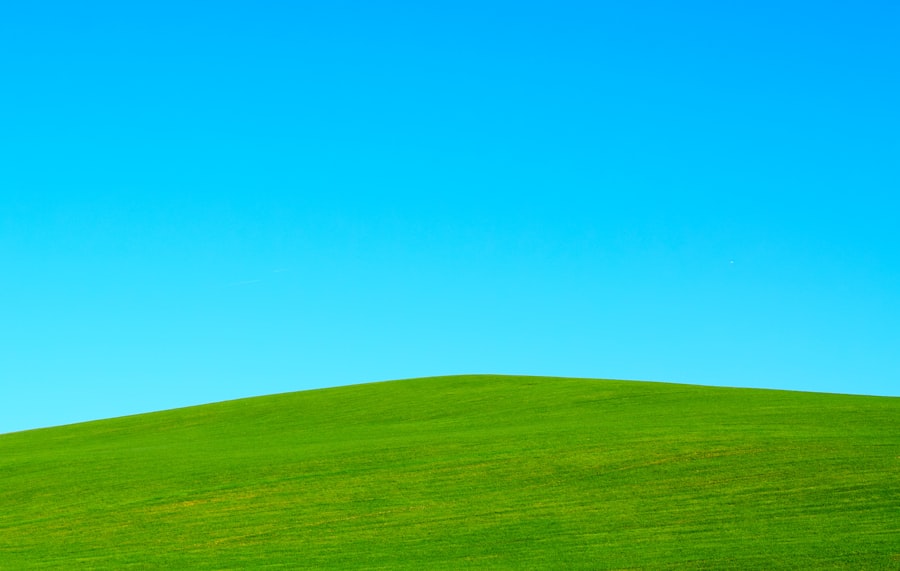
Mindfulness is an increasingly popular practice that emphasizes being present in the moment without judgment. Observing grass growth offers an accessible way to cultivate this awareness. As we watch each blade emerge and sway gently in the breeze, we are reminded to focus on our breath and sensations rather than getting lost in thoughts about past regrets or future anxieties.
This practice encourages us to appreciate the here and now—a lesson that is often overshadowed by our busy lives. Incorporating mindfulness into our observation of grass can take many forms. One might choose to sit quietly in a garden or park, allowing their senses to engage fully with their surroundings—the feel of the earth beneath them, the sound of rustling leaves, or even the scent of fresh grass after rain.
By anchoring ourselves in these sensory experiences, we cultivate a deeper connection not only with nature but also with ourselves. This practice can lead to greater emotional resilience and clarity as we learn to navigate life’s challenges with a more grounded perspective.
Cultivating Gratitude: Finding Joy in the Simple Pleasure of Watching Grass Grow
In a world often focused on achievement and material success, finding joy in simple pleasures can be transformative. Watching grass grow embodies this principle beautifully; it invites us to appreciate life’s small wonders that might otherwise go unnoticed.
By cultivating gratitude for these experiences, we enrich our lives with positivity and contentment. This practice can be particularly powerful when integrated into daily routines. For instance, taking a few moments each day to observe a patch of grass can become a ritual that fosters appreciation for nature’s cycles.
Whether it’s noticing how dew glistens on blades in the morning light or how colors shift with the changing seasons, these observations can evoke feelings of gratitude for life itself. By embracing these moments, we learn to celebrate not just growth but also the journey itself—an essential aspect of living fully.
Cultivating Patience: How Observing Grass Growth Can Teach Us the Value of Waiting for Things to Unfold Naturally
In an era characterized by instant gratification, cultivating patience has become increasingly important yet challenging. Observing grass growth serves as an excellent metaphor for this virtue; it teaches us that some things take time to develop fully. Just as we cannot rush nature’s processes without compromising their integrity, we must also learn to allow our own lives to unfold at their natural pace.
This lesson extends beyond gardening or landscaping; it applies to personal growth and relationships as well. Just as grass requires nurturing and care over time to flourish, so do our aspirations and connections with others. By embracing patience as we observe grass grow—acknowledging each small change along the way—we cultivate resilience and understanding in our own lives.
This perspective shift allows us to appreciate not just the end result but also every step taken toward achieving our goals or nurturing our relationships. In conclusion, watching grass grow offers profound insights into patience, mindfulness, gratitude, and connection with nature. It serves as a gentle reminder that beauty often lies in slow transformations and that every moment holds potential for appreciation if we take the time to observe it closely.
If you are interested in the growth and development of plants, you may find the article Exploring Algae: Ecology, Distribution, and Thallus Organization to be a fascinating read. Algae, like grass, are essential components of ecosystems and play a crucial role in the environment. Understanding the ecology and distribution of algae can provide valuable insights into the broader field of plant biology and growth patterns. Check out the article to learn more about the fascinating world of algae and how it relates to the growth of grass and other plants.
FAQs
What are the basic requirements for grass to grow?
Grass requires sunlight, water, and nutrients from the soil to grow. It also needs proper air circulation and the right temperature to thrive.
How long does it take for grass to grow?
The time it takes for grass to grow varies depending on the type of grass and the growing conditions. Generally, it can take anywhere from 7 to 30 days for grass seeds to germinate and start growing.
What are some common types of grass used for lawns?
Some common types of grass used for lawns include Bermuda grass, Kentucky bluegrass, Zoysia grass, and Fescue grass. Each type has its own characteristics and is suited for different climates and growing conditions.
How often should grass be watered?
Grass should be watered deeply but infrequently, typically 1-2 times per week, depending on the climate and soil conditions. It’s important to water in the early morning to minimize evaporation and allow the grass to dry before nightfall.
How can I promote healthy grass growth?
To promote healthy grass growth, it’s important to mow regularly, fertilize as needed, and aerate the soil to improve air and water circulation. It’s also important to address any pest or disease issues promptly to prevent damage to the grass.










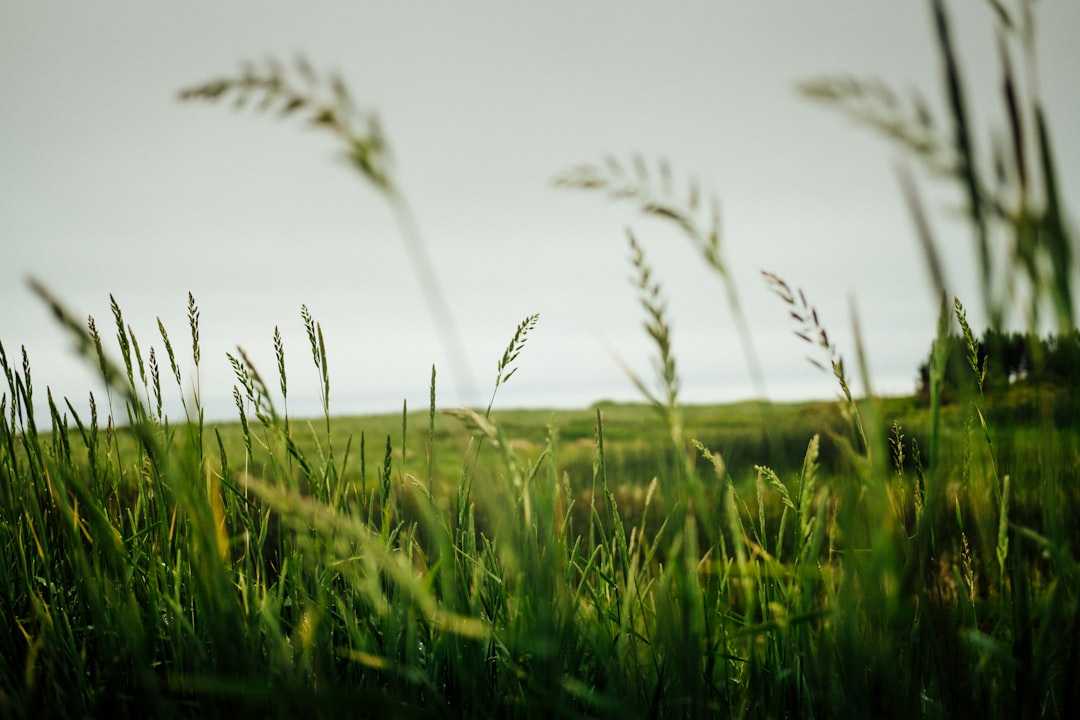
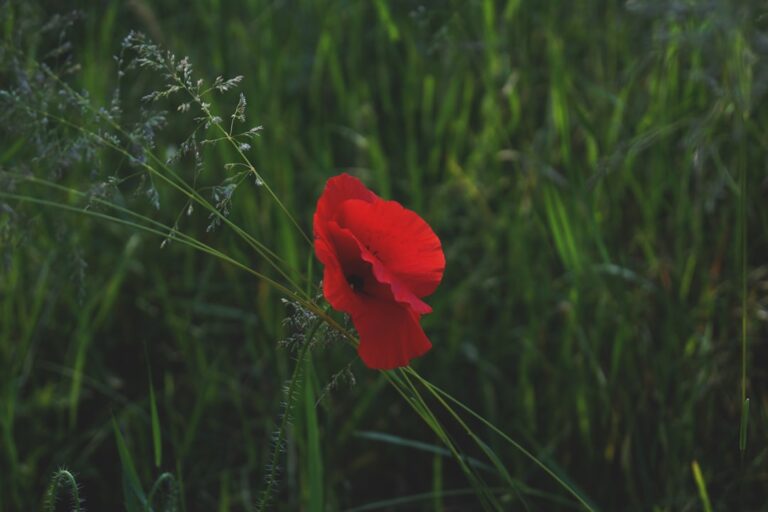

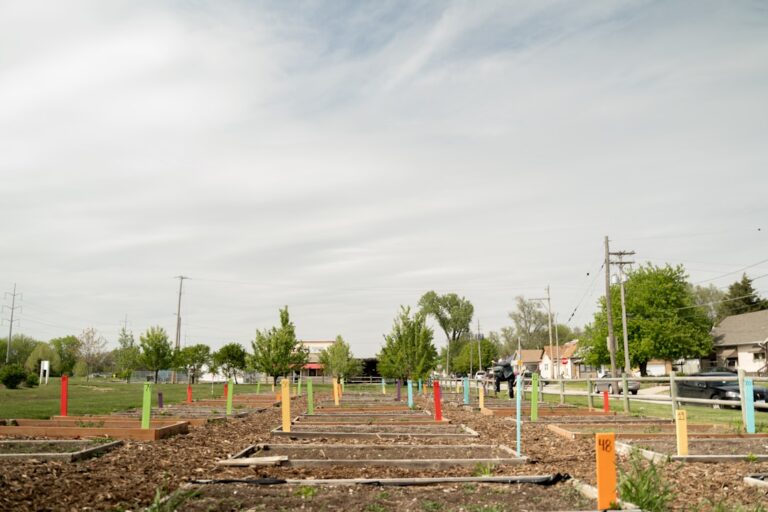



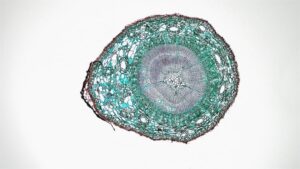
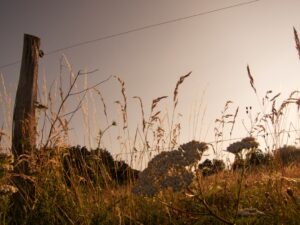





+ There are no comments
Add yours